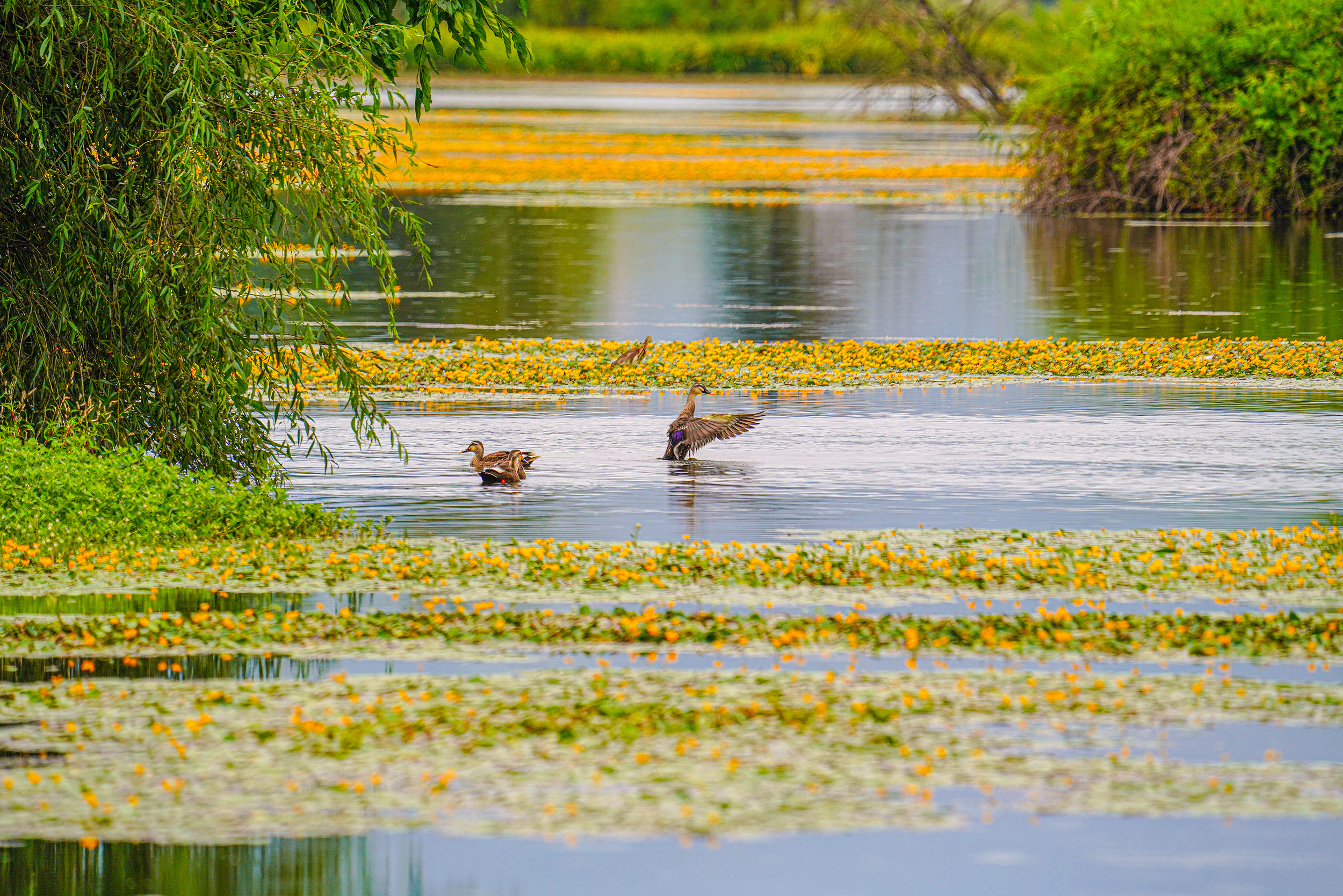Yunnan: Living in Harmony with Nature

The concept of respecting nature, conforming to nature and protecting nature has become a growing consensus in Yunnan province. In the process of ecological protection and development, Yunnan has worked hard to achieve win-win cooperation between ecological environmental protection and high-quality economic development.
Biodiversity protection strengthened
Yunnan is the most biodiverse province in China, with more than 50 percent of the country's higher plants, vertebrates and macro fungi.
In recent years, biodiversity protection in Yunnan has been strengthened. For example, Yunnan has been attaching great importance to the Asian elephant, Asia's largest and most iconic land vertebrate. Yunnan has built an intelligent system integrating wildlife protection, monitoring and early warning, and the species recognition rate of Asian elephants has exceeded 99 percent.
Yunnan is also committed to the protection of species with extremely small populations (SESP). The province has established 30 protection areas, 13 gardens for the ex-situ conservation and protection of plants in their original habitats, and five research labs, and is implementing more than 120 projects to save and protect SESP.
In September 2023, the 45th UNESCO World Heritage Conference inscribed "the Cultural Landscape of Old Tea Forests of the Jingmai Mountain in Pu'er" on the World Heritage List, which is also the world's first tea-themed World Heritage Site.
According to an executive summary published on the UNESCO website, the UNESCO World Heritage Committee noted that the site represents an exceptional testimony of the understorey tea cultivation traditions of local people, being an outstanding example of sustainable cultural landscapes of mountain forest farming.
Scientific governance to protect lake
In recent years, scientific governance in Yunnan has resulted in the restoration of 3,733 hectares of wetlands. With the support of sci-tech, the lake management capacity has been improved, and the water quality is generally good.
"One-hundred percent of the water quality in the outbound transboundary sections of the six major river systems, including the Jinsha River, Lancang River and Nujiang River, has met the standard," said Lan Jun, deputy head of the province's Department of Ecology and Environment.
For example, Zibi Lake, named after a water-lily that is discerning about water quality, is an important source of high-quality water for Erhai Lake, providing flood control, drought relief and agricultural irrigation.
"The water quality of Zibi Lake once deteriorated due to urbanization. But after scientific governance, most of the time it stays above class II, some of the time reaching class I water quality," Liu Xiaoyong, deputy director of Development Research Center of the Ministry of Water Resources in China, told Science and Technology Daily (S&T Daily).
Green industries developed
In 2023, Yunnan received 1.04 billion tourists and its tourism revenue reached 1.4 trillion RMB. For instance, in the small fishing village of Shanggarlic town, Jinning district, a village on the south bank of Dianchi Lake in Kunming, with a history of more than 500 years, the villagers gave up fishing and developed tourism.
"Before, locals went out to work and earned thousands of RMB a month. Now at home, sometimes I can earn one or two thousand RMB a day through tourism," Xu Xi, post-90s CEO in that village, told S&T Daily.
In addition, an environmental technology company has achieved full coverage of organic waste collection. On their advanced intelligent management platform, 251 waste collection vehicles are running continuously.
At present, the installed capacity of green energy in Yunnan has exceeded 100 million kilowatts, and the proportion of green energy consumption leads in China and the world. The power supply from the west to the east exceeded 1.5 trillion kilowatt-hours, reducing carbon dioxide emissions by 1.28 billion tons.
This article was edited and translated by WANG Jing based on the Chinese version.






